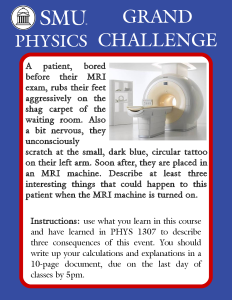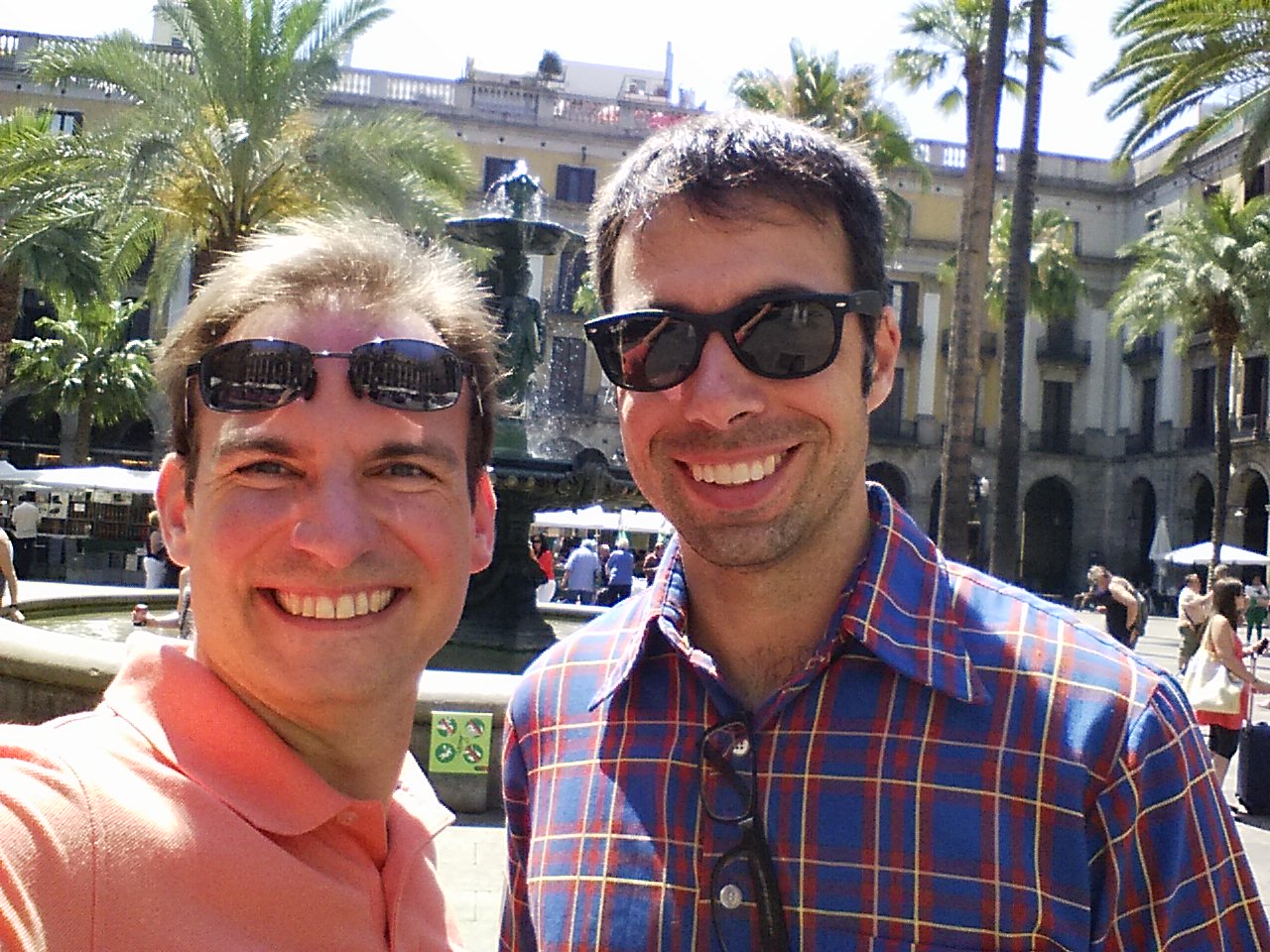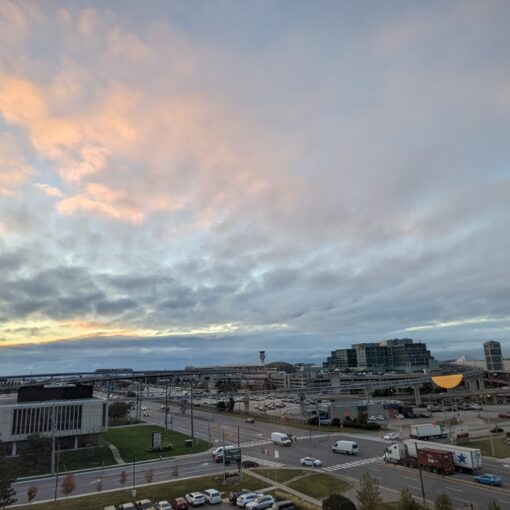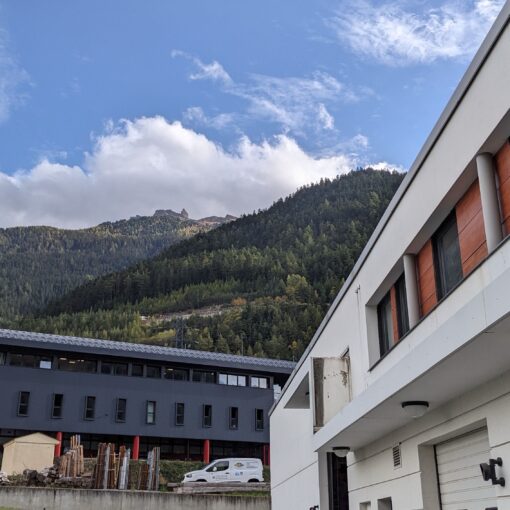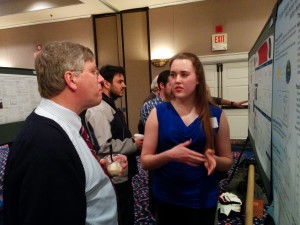
The past week was a busy one: judging at the Dallas Regional Science and Engineering Fair (DRSEF), the Dallas “Icepocalypse” that shut down SMU for 1.5 days and led to a ridiculous amount of work getting done, meetings with my students about their “Grand Challenge Physics Problem,” SMU Research Day, ATLAS research, and hardware research and development for low-background experiments.
Here are some of the highlights of the past week.
- The Dallas Regional Science and Engineering Fair (DRSEF) was last Saturday. Jodi and I were Grand Prize judges for the junior and senior physical sciences categories, respectively. We had a lot of fun going from display to display for two hours, giving the student researchers just 10 minutes (by the rules!) to explain their project and answer questions. The winner and runners up all had impressive projects. Colleges and universities will be lucky to have these students.
- Bad weather moved into Dallas early Monday morning, leading to a small “icepocalypse.” It only takes a minor amount of ice to shut down the Metroplex because there is just no infrastructure here for ice and snow removal. SMU closed on Monday and half of Tuesday, and Jodi and I got a ridiculous amount of work done. She didn’t feel like she accomplished much, although I bet she accomplished a whole lot more than she would have if people were bothering her every 5 minutes at SMU.
- During my time away from the office, I finally had a chance to dust off my coding skills and migrate some software from the SMU High-Performance Computing cluster (SMUHPC) to the new ManeFrame cluster. ManeFrame is home to 8000 cores and about 1.2PB of disk space. I wanted to port code there that is used for computing production cross-sections for charged Higgs bosons at the LHC. It took a day to run all 84000 jobs needed to generate 8 TeV predictions, including all relevant theory uncertainties (e.g. parton distribution function errors, uncertainties due to the assumptions on the mass of the b-quark, and uncertainties on the strong coupling constant). This code and its physics basis are documented in [1]. This is work I do with members of the LHC Higgs Cross-Section Working Group.
- SMU Research Day was on Wednesday, with morning presentations from selected students and then a large afternoon poster session. In physics, graduate student Eric Godat and undergraduate Nicole Hartman (who works with me) took top prizes. It was really nice to see so many departments working at such high levels in their respective fields. Pushing this kind of activity further will help make SMU a great, private research University for the Dallas Metroplex.
- This was a busy week for hardware R&D in the SMU LUMINA Lab. We ended the run of the E-Shield/Field-Off control experiment last night. The student I work with, Matthew, has been trying to count the contamination of the copper samples in the control but the rates are so high that getting reliable data from the very, very sensitive XIA UltraLo-1800 alpha counter has been tricky – it’s a highly sensitive instrument meant to count low-contamination levels, not high-contamination levels. But I have no doubt we’ll get god data from this. The next step is to power up the NiCu fabric anode cage around the copper samples, which we will begin next Tuesday. However, we have yet to get our replacement 25kV power supply from United Nuclear, and I have no emails detailing the status of the replacement despite two inquiries… so I am getting nervous. If we cannot start the experiment on Tuesday, we will swap with another project in the schedule but that puts us right up against the LRT Conference in Seattle, where we want to present preliminary results. I hate butting up against deadlines.
-

The Grand Challenge Problem for Spring, 2015, in SMU PHYS 1308. I started meeting with teams working on the “Grand Challenge Physics Problem” in my course. This is an open-ended, non-textbook problem that they have to try to solve creatively and then document their solutions. The teams are having their first meetings with me, as a team, to discuss their ideas and progress and to get input on the next steps.
- I had a really nice dinner at the Alpha Chi Omega (AXO) sorority house. I had been invited by three of my students to their biannual “Professor Dinner.” AXO was founded in 1885 and originally was a more musically oriented organization, though that is not their focus anymore. On SMU campus, AXO ranks second academically among the sororities and, like the other sororities I have seen at SMU, they have an obsession with academic performance of their members. I was the last professor to leave, around 7:30 (just in time for Jodi to wrap up her class), which tells you how much fun it was to just talk to students outside of class for a change.
[1] Improved cross-section predictions for heavy charged Higgs boson production at the LHC – Flechl, Martin et al. arXiv:1409.5615 [hep-ph]

